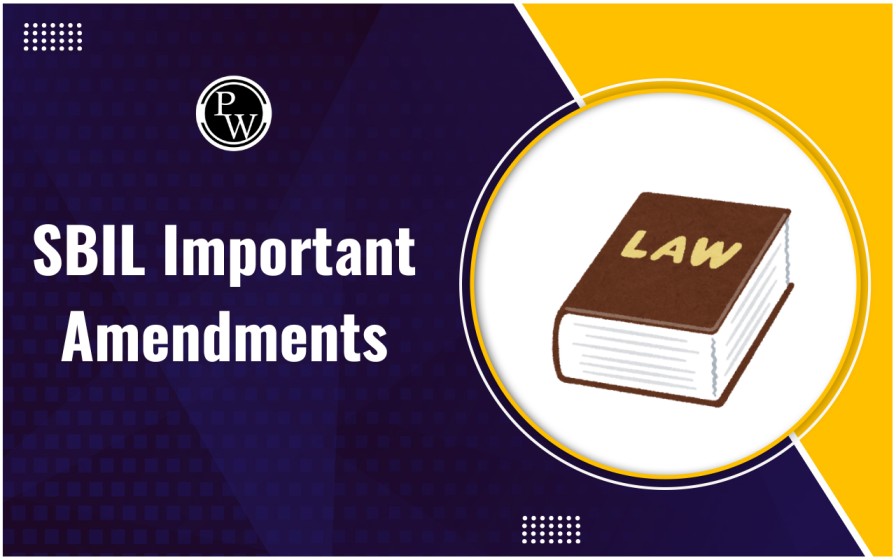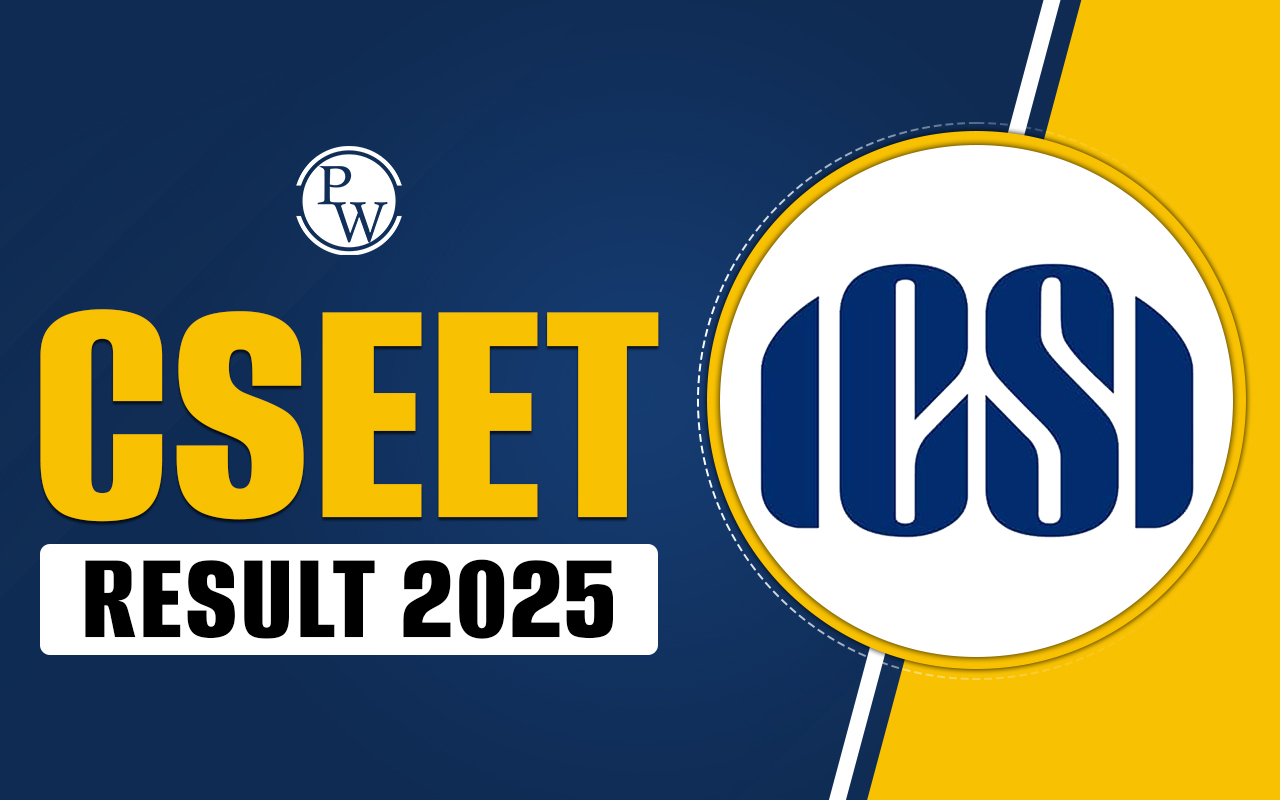
Company accounts are financial statements that clearly show a company's financial health and performance. These accounts are prepared for 12 months following accounting standards and regulatory requirements. The basics of company accounts include a range of financial statements, records, and reporting mechanisms that collectively show how a company earns, spends, saves, and manages its finances. Understanding the basics of company accounts is crucial for business owners, stakeholders, investors, and regulatory authorities.
Components of Company Accounts
Company accounts consist of several key components that demonstrate a comprehensive view of the company’s financial status. The main components of company accounts include the following:Balance Sheet
The balance sheet is one of the fundamental financial statements that show a company's financial position at the time the accounts were generated. It makes a comparison of what the company owns and what it owes. The balance sheet has three main components:- Assets: What the company owns, including cash, inventory, property, and equipment.
- Liabilities: What the company owes, such as loans, creditors, and other financial obligations.
- Equity: The residual interest in the company’s assets after deducting liabilities. It represents the shareholders’ ownership stake.
- Fixed assets - Things that will be kept long-term such as land, factories, and vehicles.
- Current assets - Things that have a shorter life span such as stock items, petty cash, and cash in the bank.
- Long-term liability - Money that is not due to be repaid within the next year.
- Current liability - Money that is due to be repaid within a year.
Profit and Loss Account Statements
The profit and loss statements show the overall financial performance of the company over a financial year rather than just a snapshot. In the profit and loss statement, the total revenue and total expenses of the business are recorded. The components of the P & L statement are as follows:- Revenue: The income generated from normal business operations, such as sales.
- Expenses : Costs incurred during operations, including wages, rent, and utilities.
- Net Income or Loss : The difference between revenue and expenses. A positive figure indicates profit, while a negative figure shows a loss.
- Fixed expenses : Consistent expenses such as rent and salaries that are not affected by the company’s performance.
- Variable expenses : Expenses that vary with the company’s production or performance such as utilities and inventories.
- Accrued expenses : Recorded or reported expenses that are not paid.
- Operating expenses : Ongoing expenses incurred for company operations.
Cash Flow Statement
The cash flow statement provides an overview of how cash moves in and out of the company during a financial year. It is divided into three main sections:- Operating Activities : It is the cash flows that come from the company’s core business activities, such as selling products or services after spending the amount needed to make and sell the products or services.
- Investing Activities: It indicates cash flows related to capital expenditures such as the purchase and sale of long-term assets like property, equipment, or investments.
- Financing Activities : It refers to how much money has been spent on outside financial activities such as borrowing, repaying loans, issuing shares, or paying dividends.
Statement of Changes in Equity
This statement shows changes in the company’s equity over time. It details movements such as retained earnings, issuance of shares, or dividends paid to shareholders. It helps track how the company’s profit is either retained in the business or distributed to shareholders.Basic Accounting Concepts and Principles
To prepare company accounts accurately, certain accounting concepts and principles are followed:Realization Principle
In this case, profit is considered only when it is earned. An advance or fee paid is not identified as a profit till the goods or services have been delivered to the customer.Going Concern Principle
This principle assumes that the company will continue to operate for a long time and will not discharge its assets. This principle is for the deferral of certain expenses and liabilities over time.Consistency Principle
This concept implies that a company should use the same accounting methods and procedures from period to period of the accounting cycle. This allows for better comparison of financial statements over time.Materiality Concept
This concept considers that financial information presented in the accounts is significant enough to influence the decisions of investors and regulators.Key Financial Ratios
Once company accounts are prepared, financial ratios can be used to analyze performance. Some common ratios include:- Profitability Ratios: Such as the net profit margin, which shows how much profit the company makes from its revenue.
- Debt-to-Equity Ratio: It measures how much a company is funding its operations using borrowed money. It is the ratio of Total Liability to Total shareholders’ equity.
- Quick ratio: It represents a company’s ability to pay current liabilities with assets that can be converted to cash quickly.
- Working Capital Ratio: It is the ratio of current assets and current liabilities. It indicates a company’s ability to pay its current liabilities with its current assets.
Auditing of Company Accounts
Company accounts are subject to audits by independent auditors who review the financial statements to ensure they are accurate, complete, and compliant with accounting standards. Auditing is an assurance and confirmation to investors and stakeholders that the accounts are a true representation of the company’s performance.Basics of Company Accounts FAQs
What is Depreciation in accounting concepts?
Depreciation is the decreasing value of fixed assets, such as vehicles, equipment, and buildings. For accounting purposes, it represents how much an asset’s value is used up over time.
What is the Liquidity ratio?
Liquidity ratio is the ratio of the company’s current assets vs current liabilities.
What does Return on Equity (ROE) signify?
Return on Equity (ROE) indicates how effectively a company uses shareholder money to make a profit.
What is negative equity?
If a company’s liabilities are more than its assets, it indicates negative equity.
How does the cash flow statement differ from profit and loss statements?
In the profit and loss statement, profit is generally recorded when the sale is made and cash flow is recorded when the money is received.
🔥 Trending Blogs
Talk to a counsellorHave doubts? Our support team will be happy to assist you!

Check out these Related Articles
Free Learning Resources
PW Books
Notes (Class 10-12)
PW Study Materials
Notes (Class 6-9)
Ncert Solutions
Govt Exams
Class 6th to 12th Online Courses
Govt Job Exams Courses
UPSC Coaching
Defence Exam Coaching
Gate Exam Coaching
Other Exams
Know about Physics Wallah
Physics Wallah is an Indian edtech platform that provides accessible & comprehensive learning experiences to students from Class 6th to postgraduate level. We also provide extensive NCERT solutions, sample paper, NEET, JEE Mains, BITSAT previous year papers & more such resources to students. Physics Wallah also caters to over 3.5 million registered students and over 78 lakh+ Youtube subscribers with 4.8 rating on its app.
We Stand Out because
We provide students with intensive courses with India’s qualified & experienced faculties & mentors. PW strives to make the learning experience comprehensive and accessible for students of all sections of society. We believe in empowering every single student who couldn't dream of a good career in engineering and medical field earlier.
Our Key Focus Areas
Physics Wallah's main focus is to make the learning experience as economical as possible for all students. With our affordable courses like Lakshya, Udaan and Arjuna and many others, we have been able to provide a platform for lakhs of aspirants. From providing Chemistry, Maths, Physics formula to giving e-books of eminent authors like RD Sharma, RS Aggarwal and Lakhmir Singh, PW focuses on every single student's need for preparation.
What Makes Us Different
Physics Wallah strives to develop a comprehensive pedagogical structure for students, where they get a state-of-the-art learning experience with study material and resources. Apart from catering students preparing for JEE Mains and NEET, PW also provides study material for each state board like Uttar Pradesh, Bihar, and others
Copyright © 2025 Physicswallah Limited All rights reserved.
Get App









